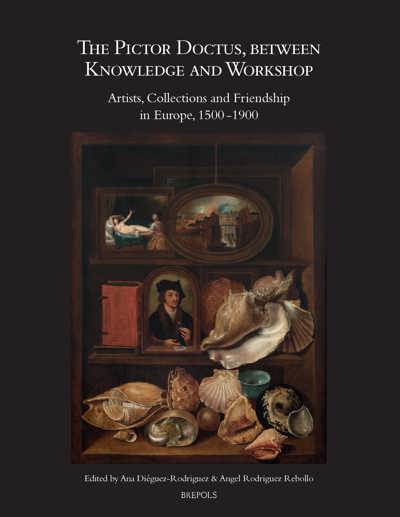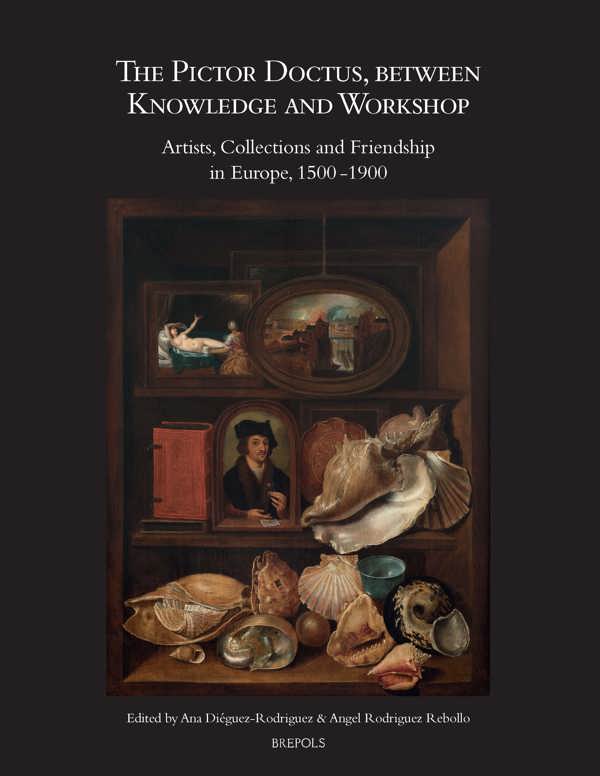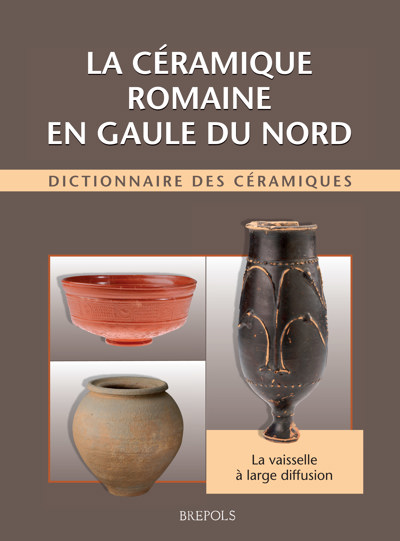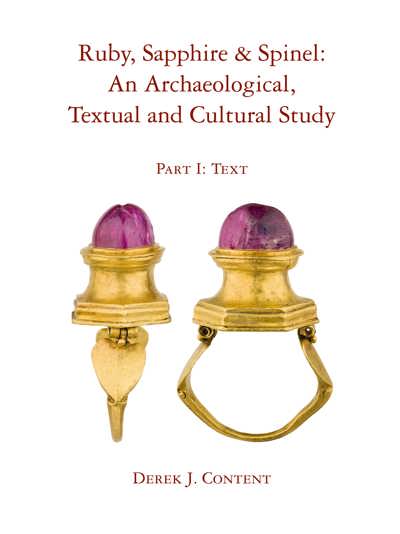
The Pictor Doctus, between Knowledge and Workshop
Artists, Collections and Friendship in Europe, 1500-1900
Ana Diéguez, Angel Rodriguez Rebollo (eds)
- Pages: 279 p.
- Size:216 x 280 mm
- Illustrations:11 b/w, 70 col.
- Language(s):English, Spanish
- Publication Year:2022
- € 125,00 EXCL. VAT RETAIL PRICE
- ISBN: 978-2-503-58908-4
- Paperback
- Available
Ana Diéguez Rodríguez & Ángel Rodríguez Rebollo
Recent research on the collections treasured by artists during their lifetime, or those collections they had access to, has contributed significantly to the understanding of their own compositions. Traditional historiography has favoured the study of the royal and aristocratic collections that could have inspired artists rather than of the artists’ own collections. Only those of the ‘great’ artists, such as Rubens, Bernini, Velázquez or Mengs, have been comprehensively examined. In the eighteenth century, the notion of collecting itself was transformed. An aesthetic taste was fostered and developed through the gathering of objects, and the personal collection of an artist could therefore provide the key to a more thorough understanding of their production. The nineteenth century witnessed artists bequeathing their collections to different institutions, sometimes even creating their own institutional collection. Architects, painters, sculptors and goldsmiths assembled some of the most important artistic collections of their time in their workshops.
Introduction. The Pictor Doctus and the Artists’ Collections: From Taste to a Training Resource — Ana Diéguez-Rodríguez & Ángel Rodríguez Rebollo
I. Learning from the Artistic Collections, Libraries and Workshops
Pablo de Céspedes, arte y humanismo en su biblioteca. Una nueva propuesta de interpretación en torno a su colección bibliográfica — Alejandro Jaquero-Esparcia
Bernardino Poccetti as Collector — Alexander Röstel & Grant Lewis
“Ha muerto Rubens”. El eco de su colección en el rey de España — Matías Díaz Padrón
Francisco de Solís, Collector of Drawings — Ángel Rodríguez Rebollo & Isabel García-Toraño
II. Coteries: The Role of the Friendship and the Academies
Vicente Carducho’s Modelling of Artistic Practice and Connoisseurship — Tiarna Doherty
Between Guild and Academy: Collections of Central European Painters as a Source of Artistic Progress or a Steady Livelihood? — Tomáš Valeš
French Barbizon Landscapes Collected by Pre-Raphaelite and Aesthetic Movement Artists in the second half of the Nineteenth Century — Sarah Herring
Women Painters and Academicians: Models and Collections — Mariángeles Pérez-Martín
III. Artists at the Court: Experience and Erudition
Court Institutions and their Impact on Artworks by the valet de chambre Artists Serving at the Valois-Burgundian Court during the Fifteenth Century — Oskar Rojewski
Velázquez and the Royal Collection. Opening the Pandora’s Box — Miguel Hermoso Cuest
Index of Names




